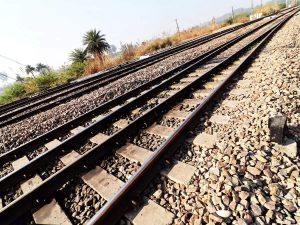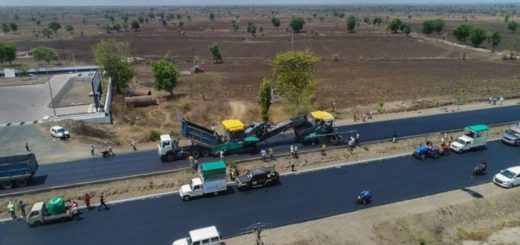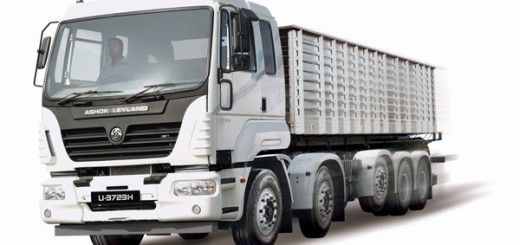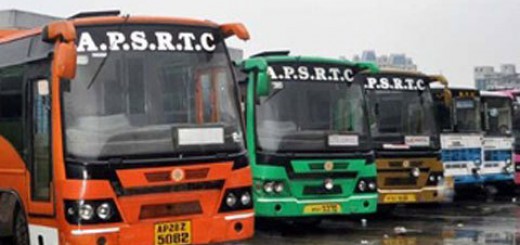Shift from roads to rail picks up pace, thanks to dedicated freight corridor
As per the report, container cargo transported through railways (rail volumes) rose by a healthy 17.63 per cent year-on-year to 74.38 million metric tonnes during the previous fiscal as compared to 12.51 per cent growth in overall container cargo volumes.
The modal (freight movement) shift from roads to rail in India has begun, according to a report by credit ratings agency CareEdge.
The shift has picked up pace thanks to the dedicated freight corridor, the report said.
The modal shift is currently on ongoing despite a host of factors, including the absence of a sector regulator, posing problems, it said.
As per the report, container cargo transported through railways (rail volumes) rose by a healthy 17.63 per cent year-on-year to 74.38 million metric tonnes during the previous fiscal as compared to 12.51 per cent growth in overall container cargo volumes.
The rail co-efficient also went up by 115 bps to 26.70 per cent during FY22, mainly supported by partial connectivity of the dedicated freight corridor (DFC) with Mundra and Pipavav ports on the western coast, it added.

The report observed that the slated completion of the DFC project by June 2023, increased trips of cost-effective double-stack container trains and incremental volumes of cement cargo through railways are major factors facilitating the shift.
According to estimates, inventory carrying cost amounts to 43 per cent of the overall spend of logistics. Therefore, reduction in transit duration is expected to “help achieve just-in-time based inventory management thereby boosting the cost competitiveness of domestic goods.”
“CareEdge Ratings expects container rail volumes to grow at a healthy CAGR of 15.60 per cent for FY2022 to FY2025 with a steady improvement of rail-coefficient by 430 bps to 31 per cent and incremental freight volumes primarily cement,” it said.
Current challenges to this shift, according to the report, include higher haulage rates for freight traffic due to extensive cross-subsidization of passenger traffic and the absence of a regulatory body for the railways.
Transit assurance under DFC aiming to squeeze the travel period by 40-50 per cent for some of the major routes and over 3x growth in the movement of cost-effective double stacker container trains by FY25 will accelerate this transition, CareEdge said.
“Nevertheless, prevailing high haulage rates for operating container trains due to extensive cross-subsidization with passenger freight, challenges in establishing end-to-end connectivity and the absence of regulator in Railways unlike other key infrastructure segments are impeding the modal shift of cargo from roads to rail,” PTI quoted Rajashree Murkute, Senior Director for Corporate Ratings at CareEdge Ratings, as saying.
Read more at-https://bit.ly/3zttQEy




Recent Comments